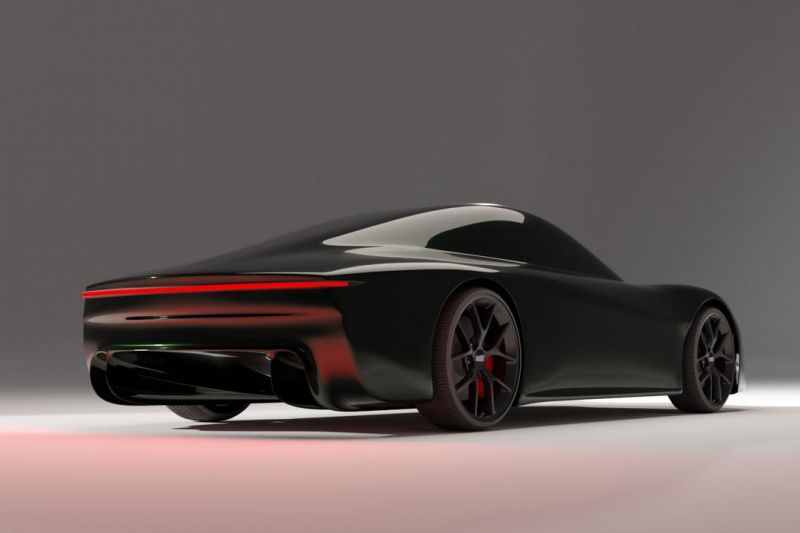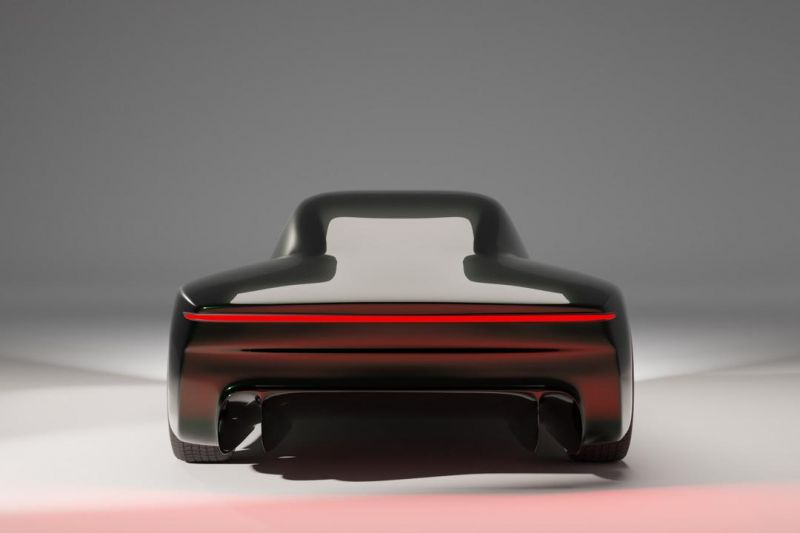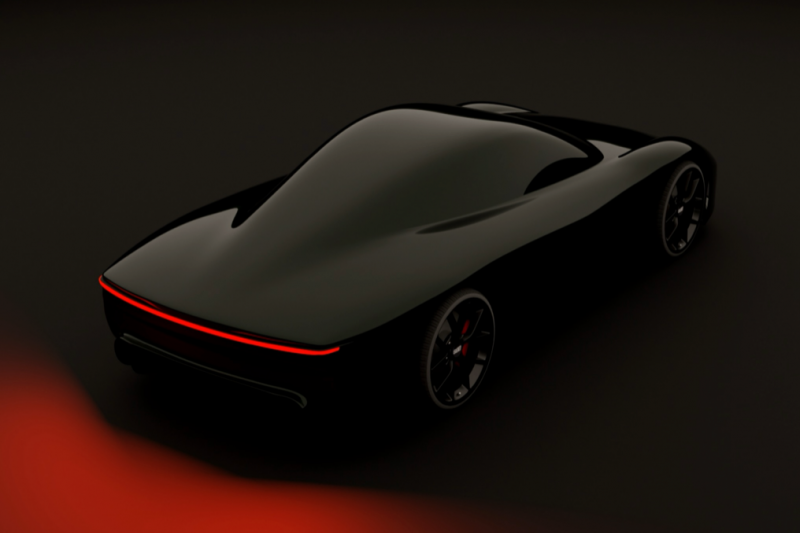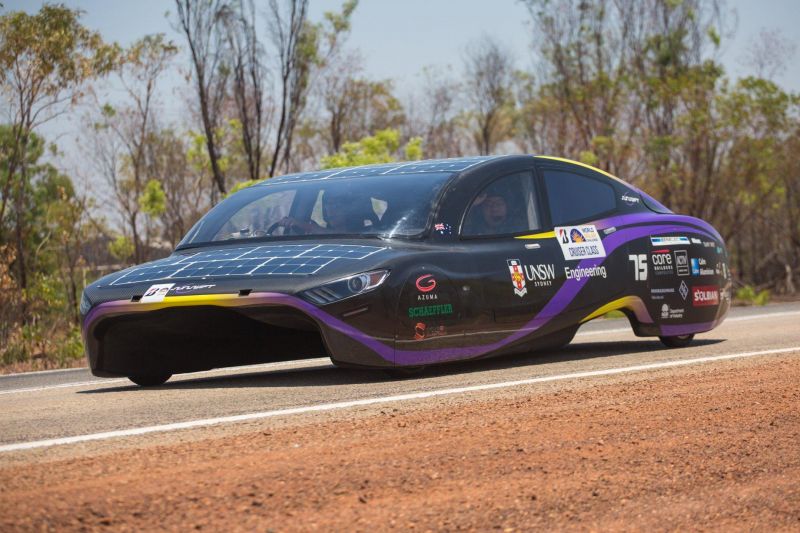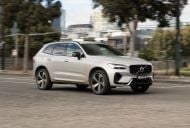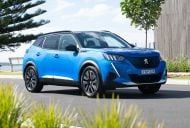Australia is about to get its first hydrogen-powered fuel cell car.
It’s a two-seater sports car being developed by the team from the University of NSW that previously set a Guinness World Record with its four-seater solar car.
The project in its infancy but will soon shift into high gear with impressive targets for real-world motoring.
It’s also intended to be suitable for full-scale production in Australia.
“It’s going to be pretty rapid. We’re aiming not to lose our efficiency identity, but to break into performance,” the team principal of Sunswift Racing, Professor Richard Hopkins, told CarExpert.
“The objective is to have a car you can drive from Sydney to Bathurst, lap Mount Panorama in less than 2 minutes 30 seconds (the Supercars record is 2:03.3) and then drive back to Sydney. You can still drive it down to do the shopping at Woolies.
“It’s going to be a bit of a Porsche 911. It’s an everyday commuter car but you can also cut laps on a racetrack.
“We want to make something unique and sensational.”
The Sunswift team is about to compete in the 2023 running of the Bridgestone Solar Challenge, from Darwin to Adelaide, having finished second the last time the event was run in 2019.
Its latest car, Sunswift 7, already holds the Guinness record for the fastest time to travel 1000 kilometres on a single charge.
Looking ahead to Sunswift 8, the working name for the fuel-cell car, Professor Hopkins said the project requires much more involvement at the University of NSW than the previous cars developed over the past 20 years.
“We could go online and order all the parts and put it together like a giant LEGO kit. But no one learns anything and there is no innovation,” he said.
“The whole idea is that we develop it here at the Uni. This whole project embraces collaboration and partnership. It’s education first.
“For the first time we’ve got chemical engineering and research involved. We’re always trying to explore alternative options.
“We’ll still be using composites, but not carbon fibre. It will be a combination of hemp and flax. It will be more environmentally friendly.
“There is an element of disrupting a little bit. If a team of 100 undergraduates can do this, albeit exceptional undergraduates, you have to wonder what else could be possible.”
As he outlines the hydrogen program he cannot resist a swipe at existing battery-electric cars.
“The premise behind this is to buck the thought that electric cars are boring. We want to make motoring enjoyable,” Professor Hopkins said.
“Everybody thinks EVs are fast, and they are. But they are fast in a straight line. They are cumbersome dogs.
“The Tesla Plaid is amazing. But, because it weighs nearly three tons, as soon as it hits corners it fails.
“The concept behind Sunswift 8 is to reverse those trends. The key to performance, if you ask any motorsport engineer, is light weight.”
He said the initial planning for the car was well underway at the University and also credited the Solar Challenge organisers, with a backhand swipe, of inspiring the move into a hydrogen fuel cell.
“The regulations for the WSC have basically been the same for the past 20 years. Innovation and technology have moved on so much in that same period of time, but these regulations have not been re-aligned in the same way,” he said.
“We need to be able to explore new technologies. For example, we are only able to use silicon solar cells, but there are plenty of other technologies, such as gallium arsenide, that we are not allowed to utilise.
“There are lots of different battery technologies emerging, as well as new motor technologies, in addition to what we are already planning for Sunswift 8 in terms of including hydrogen fuel cells.
“I think it would be great to have more freedom because the world has moved on and the WSC regulations maybe need to move with the times as well.”
Professor Hopkins cannot reveal any details of the project’s fuel cell, but confirmed the motivation.
“We’ve developing two motors with Schaeffler Group in Germany. Both are 250 kiloWatt motors.”
“The initial concept didn’t include hydrogen. But we’re always trying to explore alternative options. It’s a golden age and a golden opportunity.”
That opportunity could eventually include a production plan for the car.
“We’re trying to build an enterprise and commercialise what we’re doing. It’s pretty cool. We say yes to everything,” he said.
“It’s not for the sake of doing something different. It’s better than that. There is a reason for doing it.
“Will it be net zero? It would be lovely to think it could be.
“The car will have carpets and air-conditioning. Each element should be commercially viable. I don’t see any reason why it could not be a production car.”






